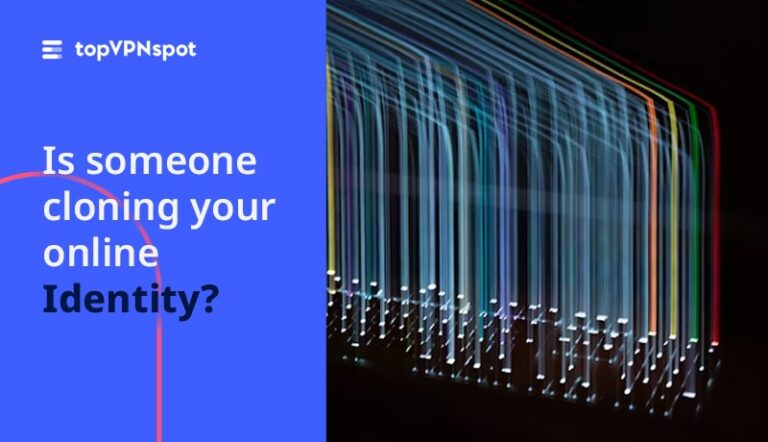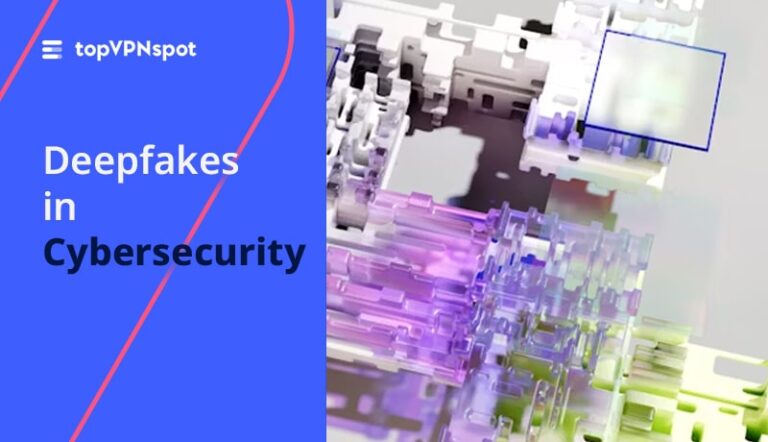The Dawn of GPT-5: Pushing the Boundaries of AI
Anticipation is building around GPT-5, the next leap in AI technology. Promising enhanced accuracy, expanded multimodal capabilities, and the advent of autonomous agents, GPT-5 is set to redefine our interaction with AI. This blog explores its potential impacts and the ethical questions it raises, offering a glimpse into the future of AI and its transformative effects on our world.
June 2024
•
4 min read
topVPNspot special
The Dawn of GPT-5: Pushing the Boundaries of AI
As artificial intelligence (AI) continues to evolve at a rapid pace, the spotlight is once again on OpenAI, particularly with the anticipated arrival of GPT-5. Following the impressive capabilities of its predecessors, GPT-5 promises to redefine the limits of AI, enhancing both its functional prowess and its integration into our daily lives. This blog explores what we know about GPT-5, its potential features, and its implications for the future of AI.
The Evolutionary Journey of GPT Models
From GPT-1 to GPT-4: A Brief History
- GPT-1 (2018): Introduced the concept of generative pre-training using a transformer architecture, setting the stage for future advancements in natural language understanding.
- GPT-2 (2019): Marked a significant improvement with its ability to generate coherent text, allowing broader experimentation within the machine learning community.
- GPT-3 (2020): A giant leap forward, GPT-3 featured 100 times more parameters than GPT-2, enabling the generation of much longer and contextually accurate text. Its conversational variant, ChatGPT, rapidly gained popularity, reaching 100 million users in just two months.
- GPT-4 (2023): Enhanced with a larger dataset and more parameters, GPT-4 brought improved understanding, factuality, and reduced biases. Its multimodal capabilities allowed it to process both text and images, setting new benchmarks for AI applications.
GPT-4 Turbo and GPT-4o: Released in late 2023 and mid-2024 respectively, these versions offered faster processing speeds and reduced costs, further solidifying OpenAI’s position in the AI market.
What Can We Expect from GPT-5?
Although details about GPT-5 remain sparse, we can infer several potential advancements based on current trends and insights from industry leaders.
Parameter Size: GPT-4’s parameter count is estimated to be around 1.5 trillion. If this trajectory continues, GPT-5 could significantly expand this figure, enhancing its capacity to generate even more accurate and contextually relevant responses.
Multimodality: Building on GPT-4’s ability to handle text and images, GPT-5 is expected to incorporate video processing. This would allow users to interact with AI in more dynamic ways, such as analyzing video content or generating video-based responses.
From Chatbot to Autonomous Agent: OpenAI’s focus may shift towards creating fully autonomous agents capable of performing tasks without direct human oversight. Imagine assigning routine tasks, like scheduling appointments or managing emails, to a GPT-powered assistant that learns and adapts to your preferences over time.
Enhanced Accuracy and Factuality: GPT-5 will likely continue to improve upon the accuracy of its predecessors, reducing instances of “hallucinations” (incorrect or nonsensical outputs). This is particularly crucial for applications in fields like medicine, education, and law, where reliability is paramount.
Expanded Context Windows: One limitation of current models is their context window—the amount of information they can consider at once. GPT-5 is expected to handle larger context windows, allowing it to maintain coherence over extended interactions or documents.
Cost-Effective Access: As newer models emerge, the cost of using older models like GPT-4 is expected to decrease. This democratization of AI could spur innovation, enabling more developers and organizations to harness advanced AI capabilities.
The Road to Artificial General Intelligence (AGI)
A major frontier for AI is achieving Artificial General Intelligence (AGI), where machines can perceive, learn, and reason like humans. While AGI remains a theoretical concept, the advancements in GPT models bring us closer to this milestone. Tools like Auto-GPT, which can perform tasks autonomously, offer a glimpse into a future where AI might operate with minimal human intervention.
Ethical Considerations and the Path Forward
The rapid progression of AI technologies like GPT-5 raises important ethical questions. Concerns about job displacement, privacy, and the potential misuse of AI are at the forefront of public discourse. Industry leaders, including OpenAI’s CEO Sam Altman, emphasize the need for global conventions to govern the development and deployment of AI, ensuring it benefits humanity while mitigating risks.
The advent of GPT-5 represents a thrilling yet cautious step forward in the realm of AI. As we speculate on its capabilities and potential impact, it’s clear that GPT-5 will continue to push the boundaries of what AI can achieve. By enhancing multimodal functionalities, improving accuracy, and moving towards autonomous agents, GPT-5 promises to transform various aspects of our lives, from mundane tasks to complex problem-solving.
While we await concrete details, one thing is certain: the evolution of GPT models will continue to captivate and challenge our imaginations, paving the way for a future where AI’s potential is limited only by our ability to envision its applications.
Struggling to select the ideal VPN? Consult our thorough, user-friendly comparison of leading VPN services to determine the perfect fit for your online security needs.
We review VPNs
Behind every review is our team’s real-life, multi-device, cross-location VPN showdown. We’re all about the facts, not the hype. We’ve spent hours testing VPNs on every device we’ve got – to bring you advice that’s as genuine as it gets.
200
Hours of rigorous testing of each top VPN service
100%
Strict policy of unbiased testing & assessment
Reader Favorites
Privacy
April 2024
•
5 min read
Uncover the hidden dangers of online identity cloning and learn how to protect your digital self from cybercriminals
Danyal Sadique
VPNs
April 2024
•
5 min read
Discover why a VPN is essential for travelers and how it enhances security and accessibility abroad
Umar Zaman A.
Security
April 2024
•
5 min read
Prepare for the future of cybersecurity by understanding and defending against next-gen AI-driven threats
Raffeain K.
VPNs
May 2024
•
5 min read
Ensure secure remote work by using VPNs to protect sensitive data and communications. Learn key best practices for optimal safety
M. Zayan
Security
June 2024
•
5 min read
Unveil the risks posed by deepfakes in cybersecurity and discover ways to protect against this emerging threat
Danyal Sadique
Privacy
April 2024
•
5 min read
Explore how your data is driving AI development and what you can do to maintain control over your personal information
Umar Zaman A.
We are an alliance of passionate cybersecurity experts, united by a shared mission to disseminate our in-depth knowledge of digital security measures. Our commitment is to empower internet users by providing them with the essential tools and insights needed to navigate the online world safely. Through topVPNspot.com, we offer a platform where our collective experience in cybersecurity converges to guide users in protecting their digital presence effectively.







